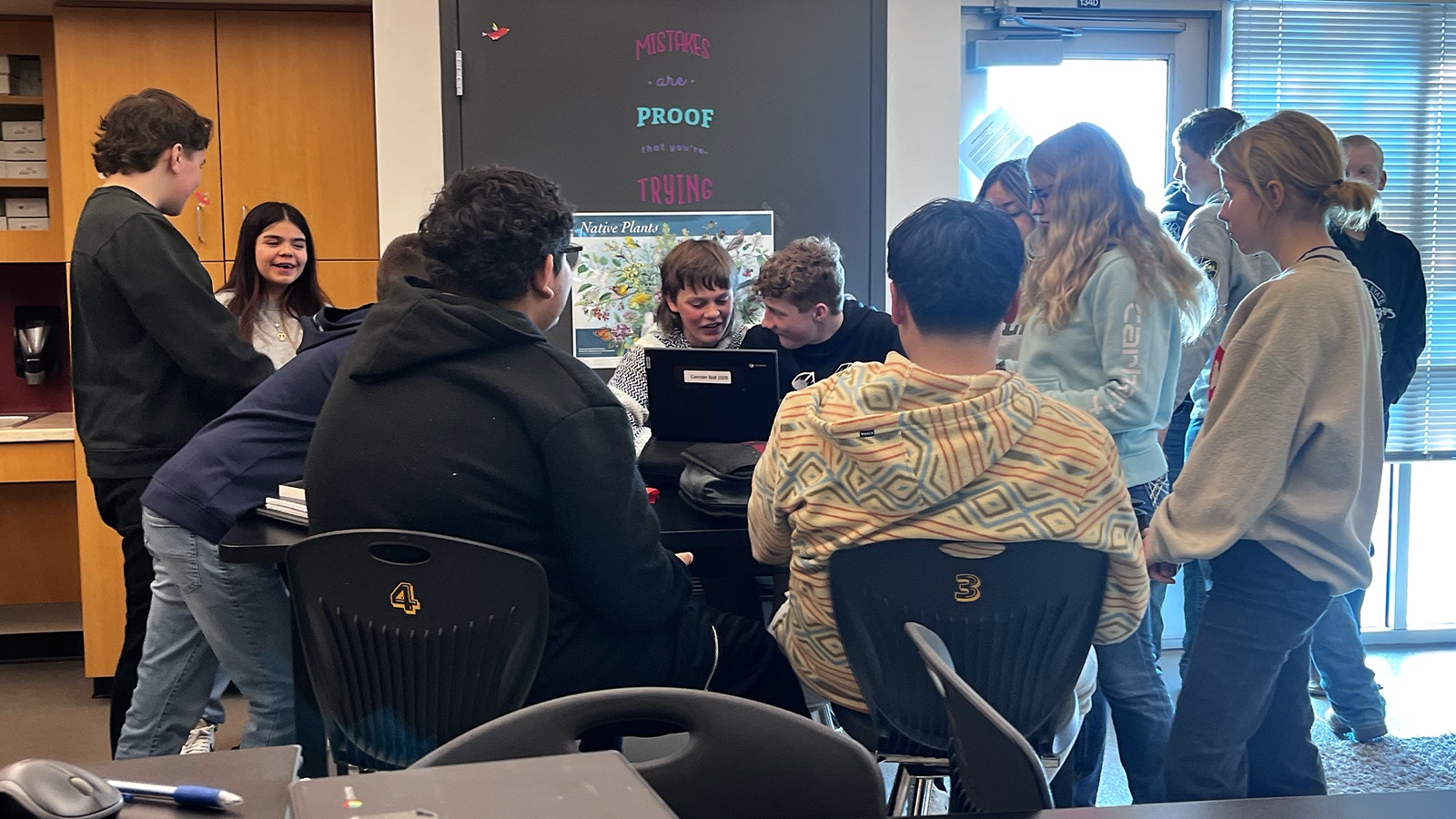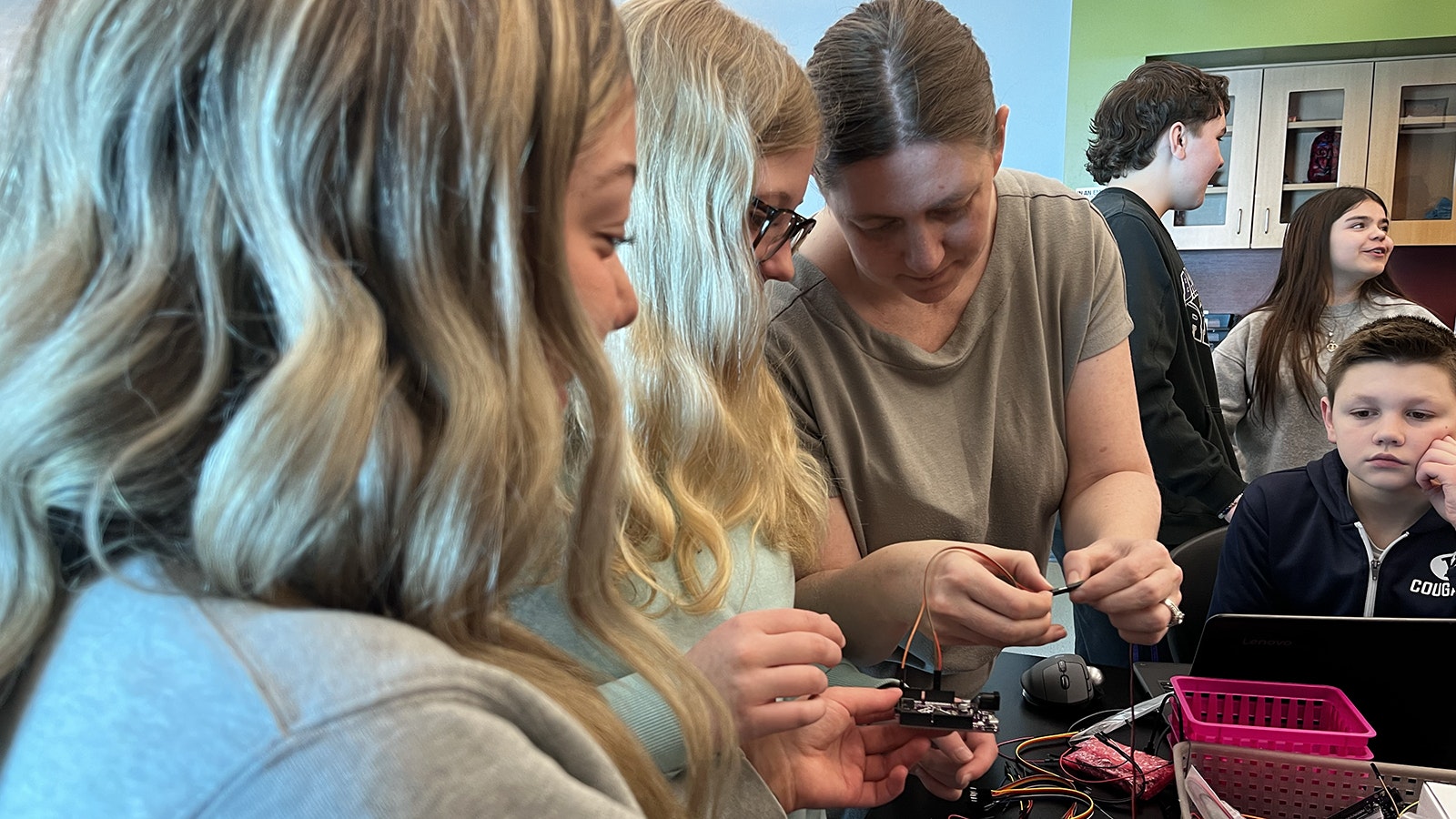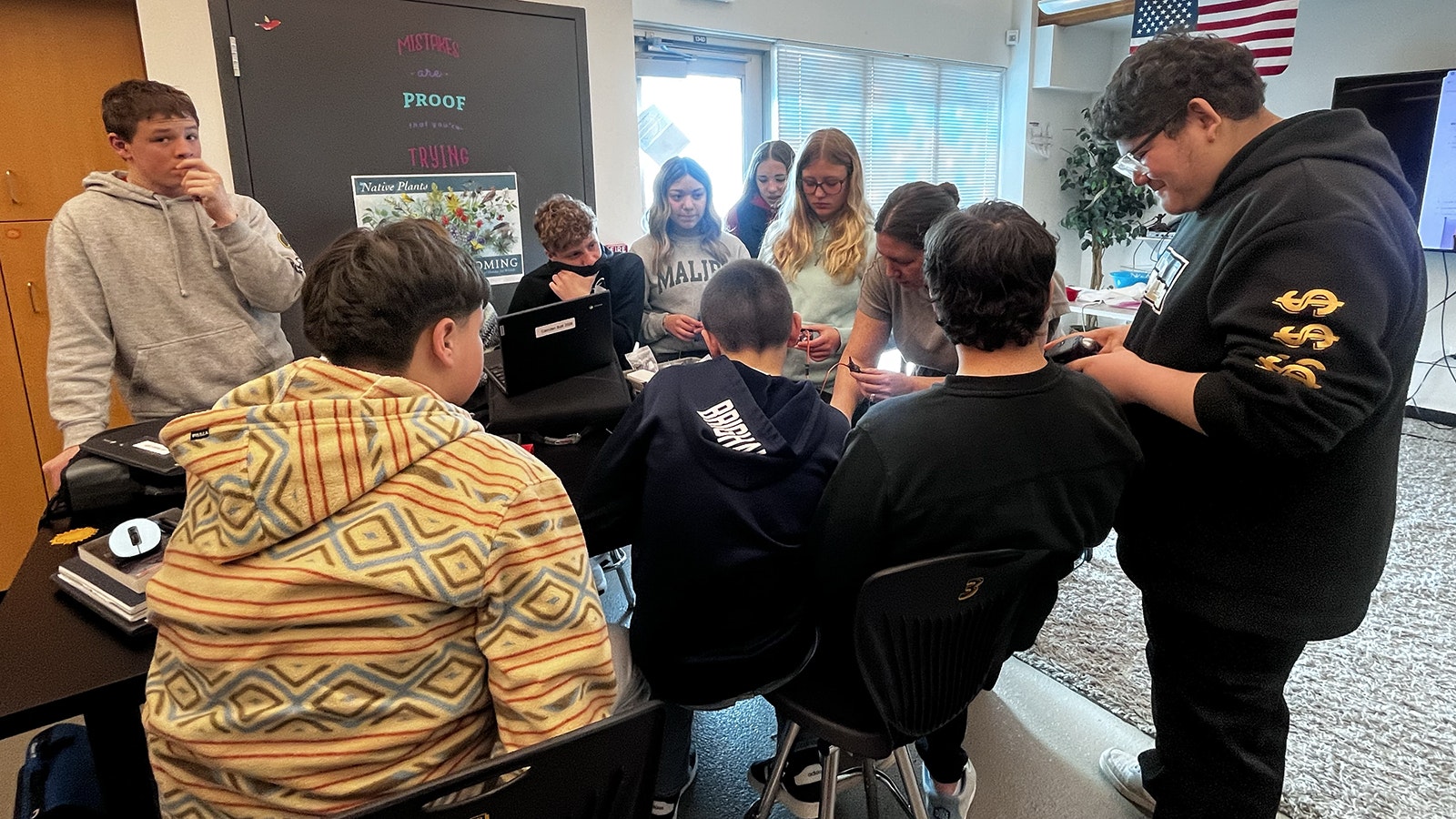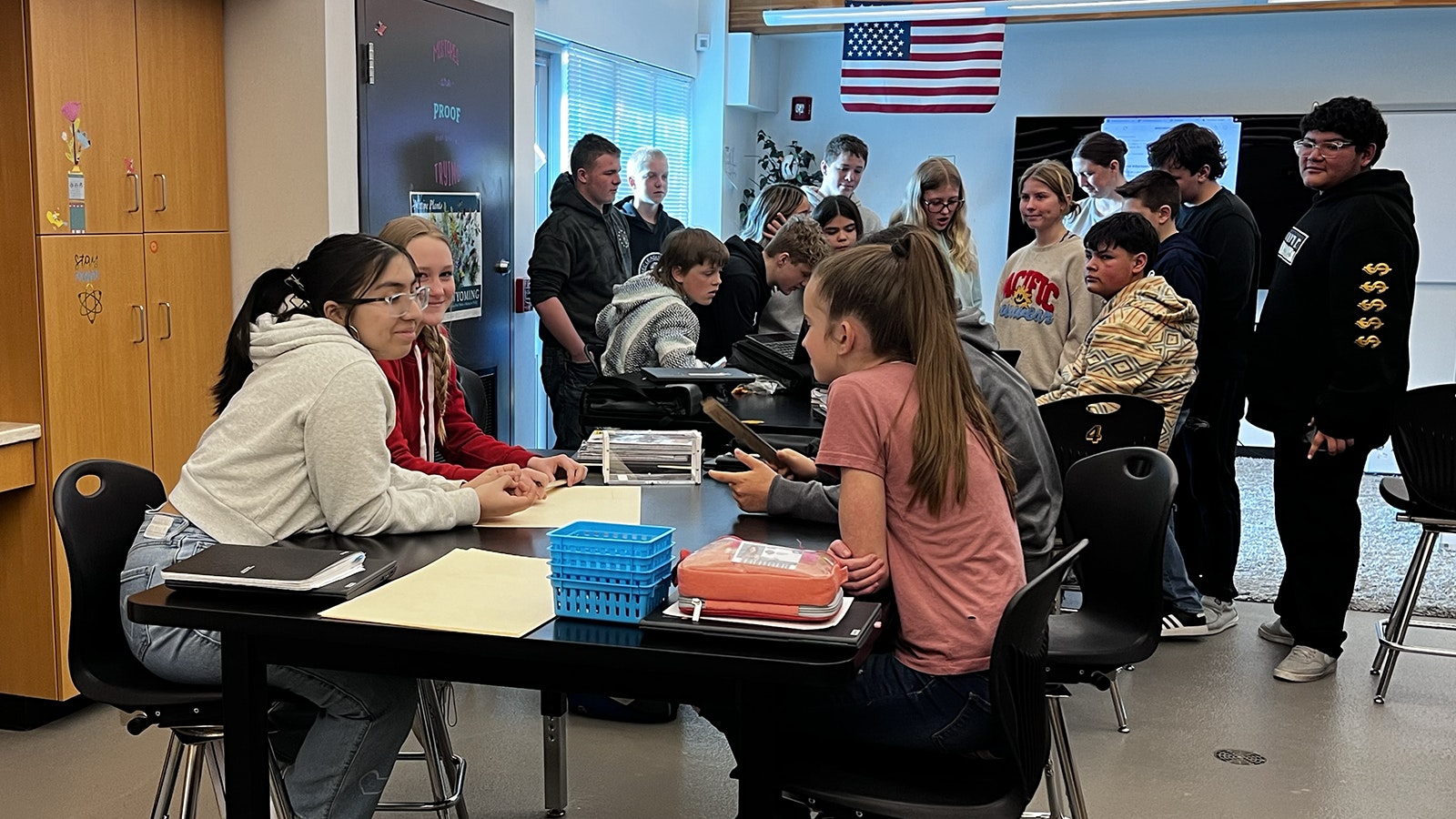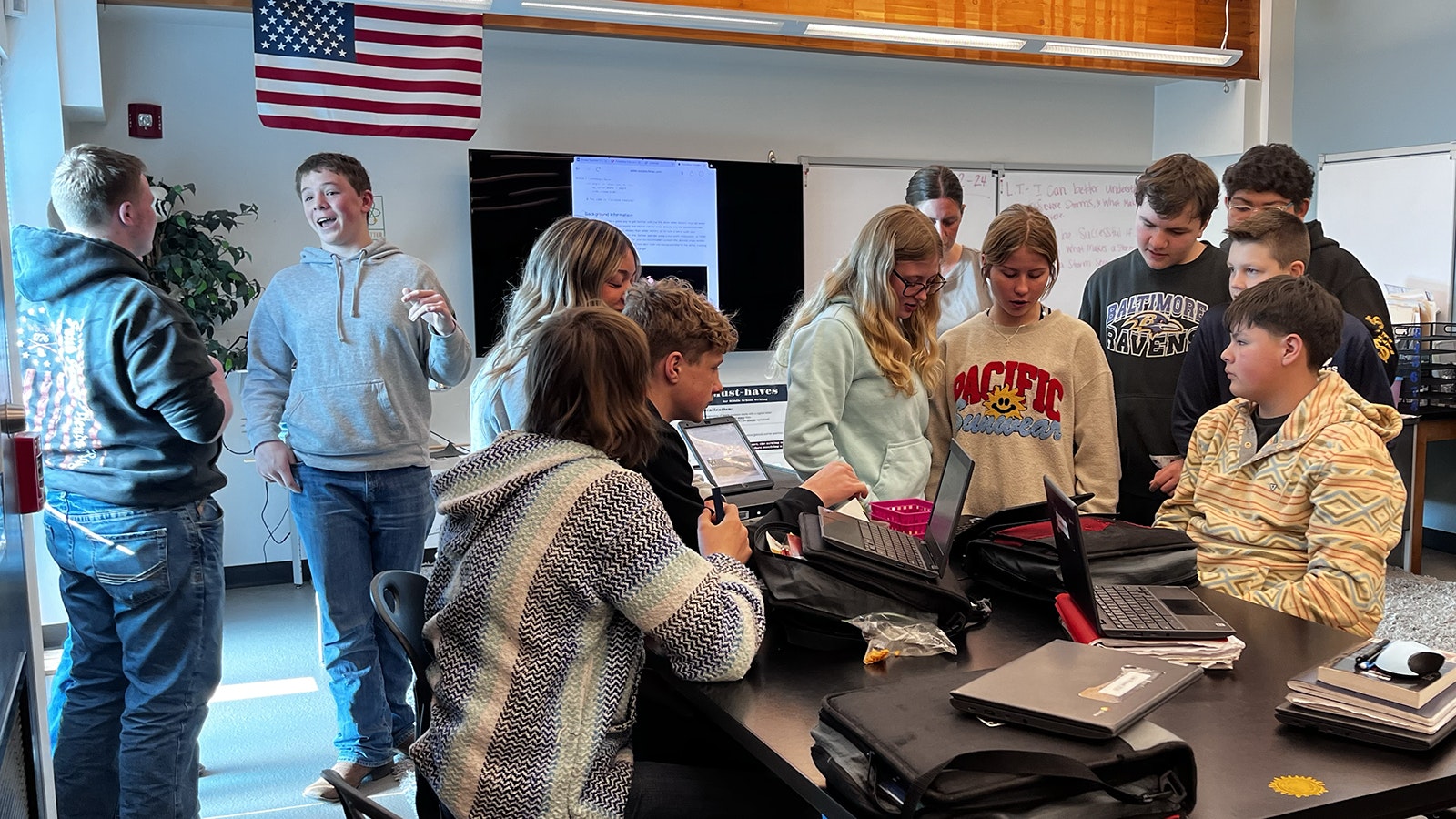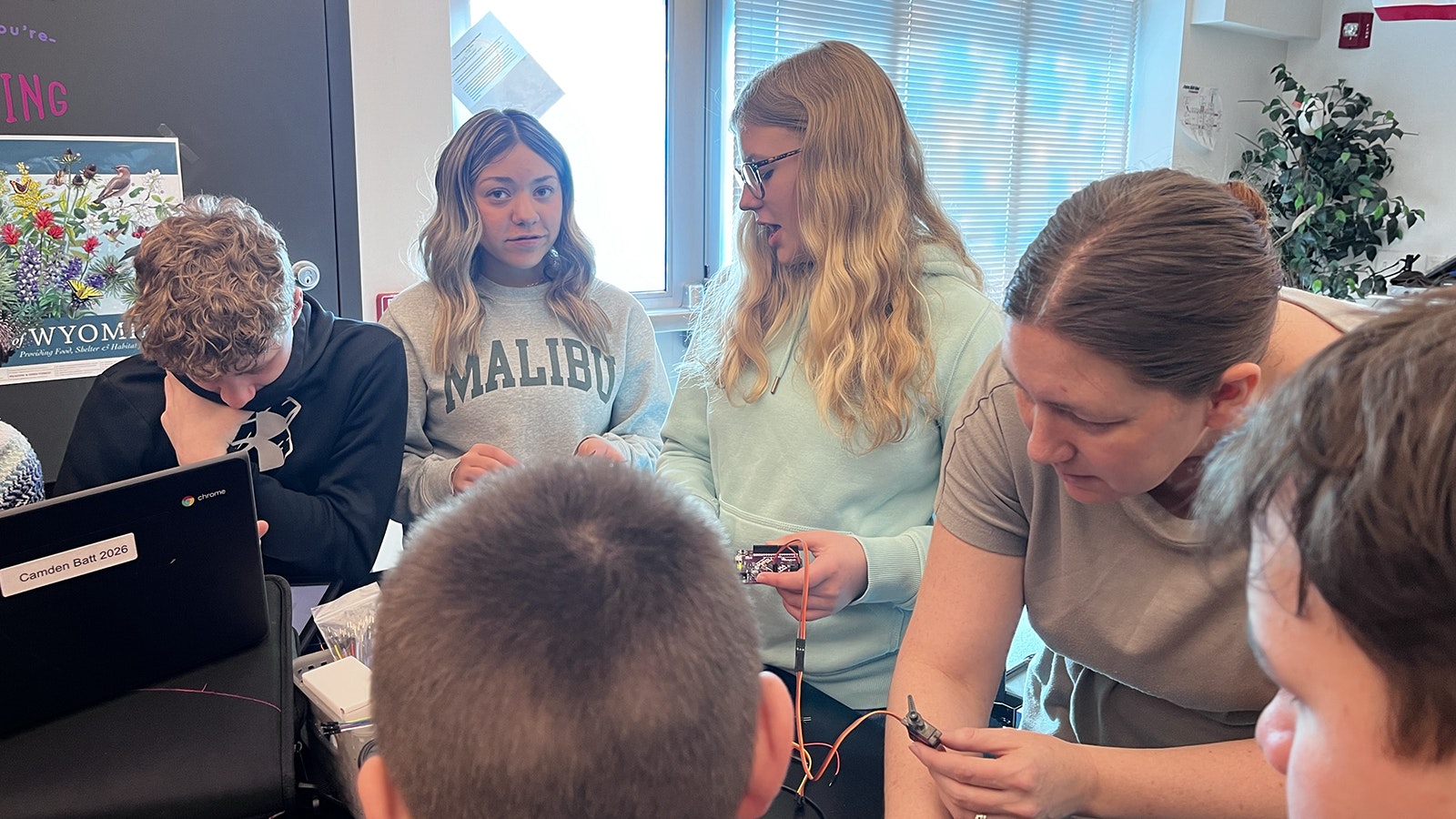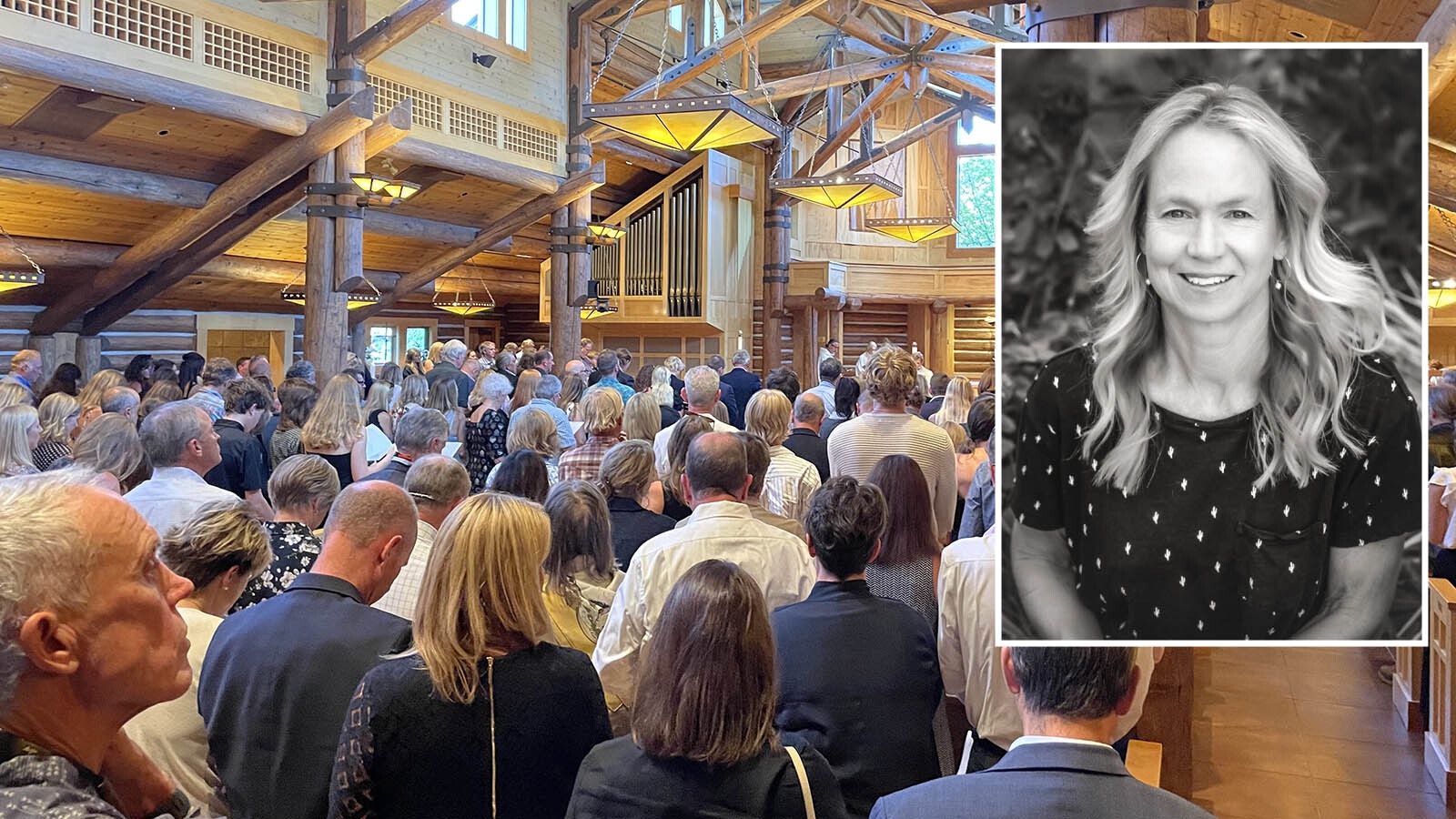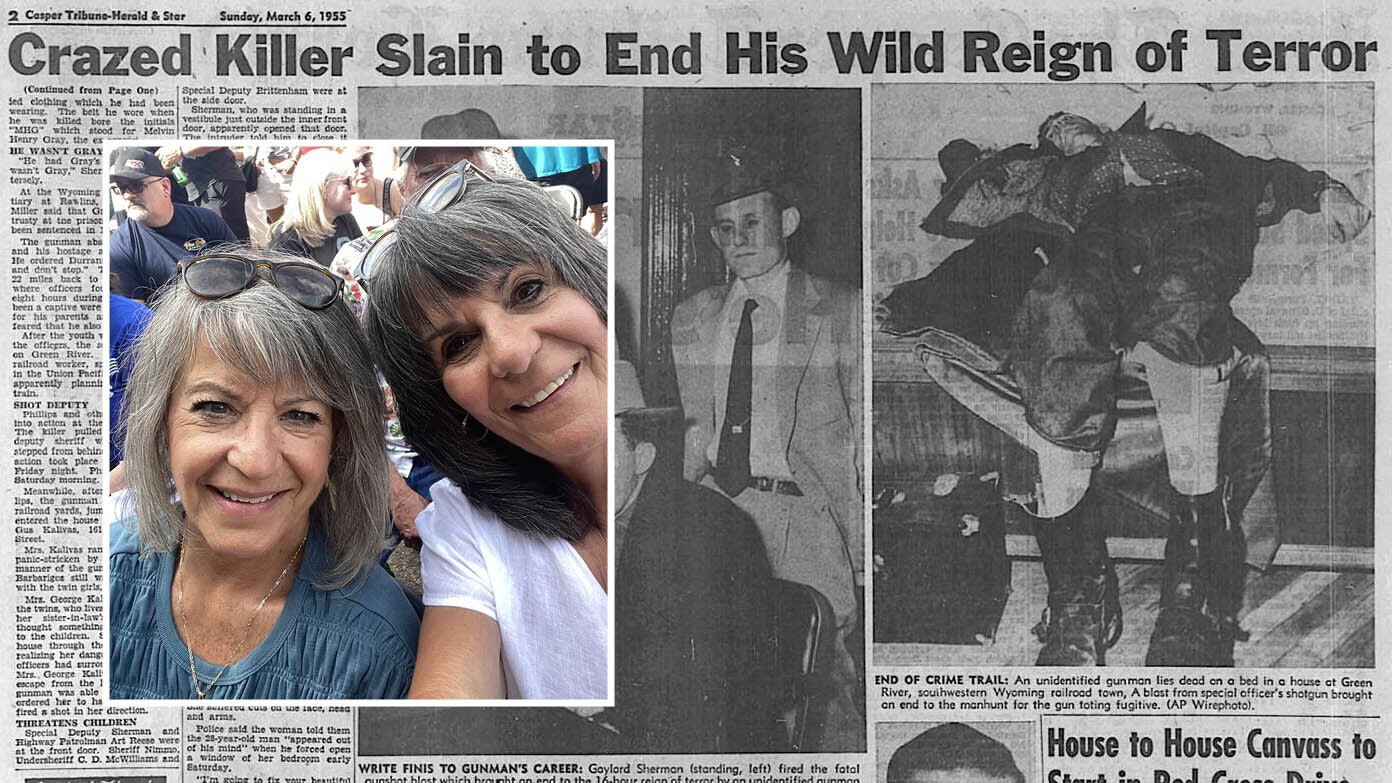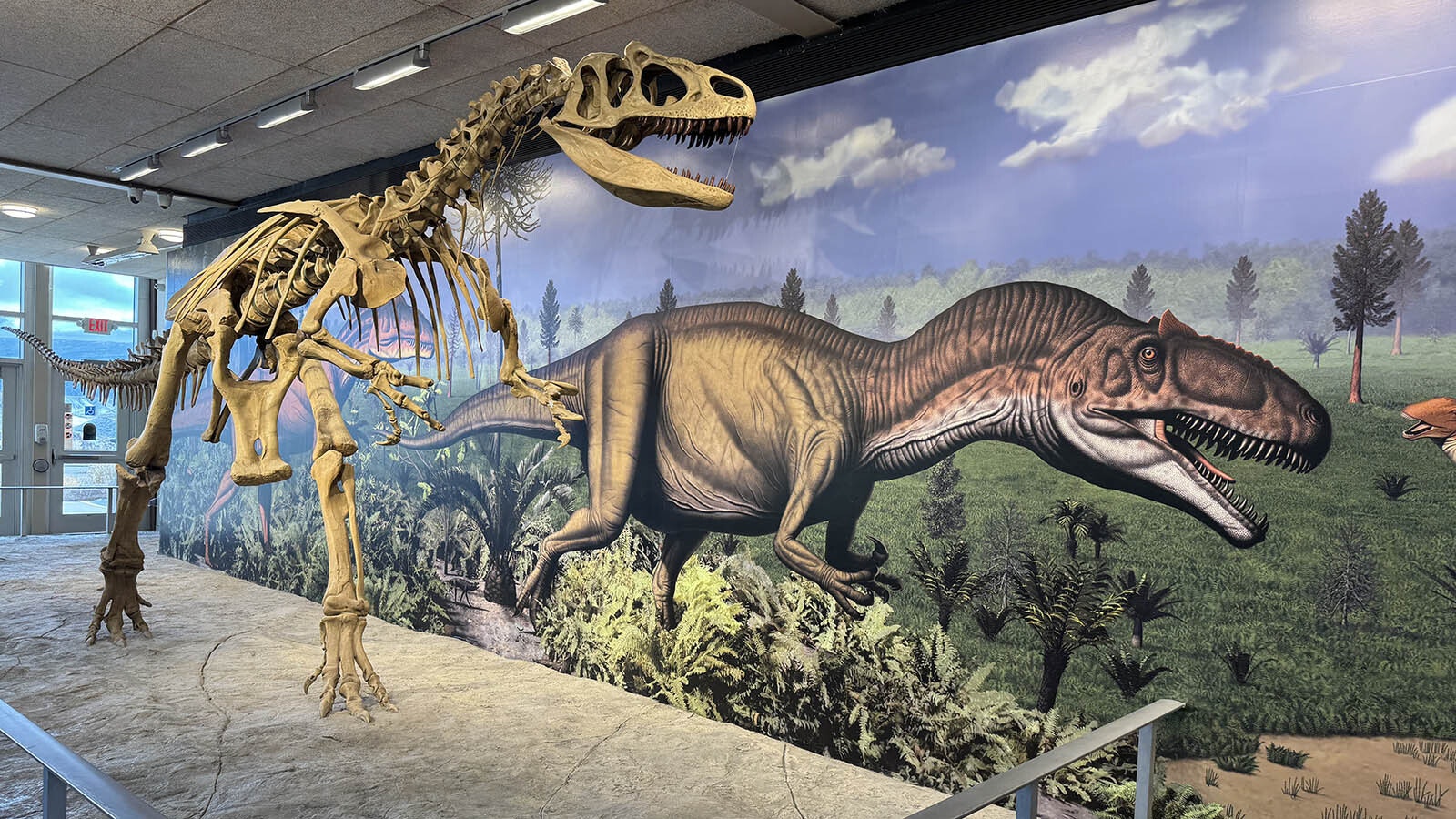EVANSTON — Science is more than one of the core subjects of study for a group of local eighth graders, they’re putting it to practice for NASA.
This Evanston Middle School class is executing groundbreaking science fueled by their curiosity and imagination. Their mission: A pioneering project that captured NASA's attention and secured the Wyoming class a win in the nation’s top space agency’s prestigious TechRise Student Challenge.
The annual competition sponsored by NASA invites students grades six through high school seniors to propose innovative projects to advance space exploration and enhancing humanity’s understanding of Earth.
It’s a huge challenge that NASA is betting can lead to huge breakthroughs. After all, adults tend to be overly pragmatic and talk themselves out of big ideas. Instead of immediately ticking off reasons why something can’t be done, kids ask why not?
Blast Off To The Moon
Only 60 teams are chosen across the United States, and winning the competition is even more difficult.
But EMS science teacher Ashley Graham must be doing something right. Only in her third year of teaching, Graham has guided a group of her students to victory two years in a row.
This year’s team aimed for one of the most visible goals in space exploration — the moon. It’s been more than a half century since the last crewed mission to the moon with Apollo 17’s 12-day odyssey from Dec. 7-19, 1972.
“The first year I taught I found the challenge and thought, ‘That’s really cool and it has real-world implications where they get to actually work with NASA, so I’ve done it all three years I’ve been teaching,” Graham said. “The first year, though, we didn’t get it done in time to submit the proposal. So the last two years they did it and won, so it’s two for two.”
The Moon Mapper
This year, the students secured a top spot in the challenge with their groundbreaking project proposal: A Thermal and LiDAR Moon Mapper, a technology with the potential to revolutionize lunar exploration.
The concept behind the Thermal and LiDAR Moon Mapper is as ambitious as it is ingenious.
By combining cutting-edge thermal imaging and LiDAR technology, the students aim to create detailed 3D maps of the lunar terrain, identifying potential landing sites, geological features and hazards.
“What they’re doing with this project is looking at how can you map the moon and look for things like cold areas, hot areas, where could there be water under the moon,” Graham said. “This could help them explore more of the moon or Mars — or possibly other planets.”
The idea emerged during a series of brainstorming sessions, with 14-year-old Hayden Hanler being credited by the students as having the original idea. Subsequently, the other students expanded upon his initial concept.
From Idea To Invention
Now it’s time to go to work actually building the thing.
As winners of the TechRise Challenge, the students receive $1,500 to buy materials they need to take their projects off the drawing board.
They also get to visit with NASA engineers and industry experts weekly in the classroom.
Through this collaboration, the students gain hands-on research experience as they learn real-world challenges from leading professionals in the field.
“The students get to work with the NASA experts on the project. So, it’s almost like an internship,” Graham said. “Every week is a little different. But they’ll work with them on various things.
“Like, one week they’ll do cold soldering with them and one week they’ll work with them on the computers. They answer any questions they have and talk them through all of it.”
Part Of The Team
For many of the students, these weekly interactions are the best part of the entire project.
“Working with NASA is so exciting. It’s something we can tell people about and we learn something new every week when they come in,” said 14-year-old David McCoy. “That’s the part of this I really enjoy. We learn so much from them.”
The students hope their technology will someday reach the moon. But first, it’s scheduled to undergo a rocket-powered lander test flight this summer much closer to home — in a simulated moonscape located in the Mojave Desert of California.
“This is like a chance in a lifetime to be a part of this,” said 13-year-old Raegan Roelker. “It’s really exciting to get to work on this and to know that something we made is going to be used by NASA.”
While in the simulated lunar environment, carefully crafted to mimic conditions on the moon, the students' technology will undergo rigorous testing to evaluate its performance.
The device will enable detailed mapping of the simulated lunar surface. This will pave the way for safe and efficient missions while advancing scientific exploration.
This Is Real Stuff
The project goes far beyond just giving the kids a purple participation ribbon. NASA is genuinely researching the potential of their idea and letting them see it through.
The technology could go further than mapping the moon, it also could help advance NASA’s understanding of the moon's composition and geology.
Within 10 minutes of launch, images from the test rover will be sent back to Evanston Middle School. The students then will compile and send them to NASA for further research.
The project provides the students with invaluable hands-on experience and exposure to real-world STEM projects, preparing them for future academic and professional endeavors.
“I’m really excited to learn a lot more about the coding aspect of it and how to capture everything with the cameras,” 14-year-old Lee Russell said. “The coding is what I think we’ll be able to really use later on in other areas and it will benefit us in the future.”
Furthermore, it builds a culture of collaboration and teamwork, fostering a sense of belonging and shared purpose.
“I think this opportunity really helps learn how to problem-solve, work with other people and realize things don’t always go right,” Graham said. “Sometimes things don’t work so we go back in, and we look at it, and we problem solve.
“And it doesn’t matter what career you want to do, you need to be able to problem solve and collaborate with other people. So, this gives them real-world skills and lessons they can take with them.”
With the countdown to launch only two months away, the students at Evanston Middle School are excited to see their experiment go through its paces.
Having poured their hearts and minds into imagining this, they can’t wait to send their creation off to the simulated lunar surface, hoping it will someday be used by astronauts to go to the moon.
Heck, Star Trek has built a franchise on scanning for life on distant planets. Perhaps that future scanning tech was born in an eighth grade classroom in Evanston, Wyoming.

